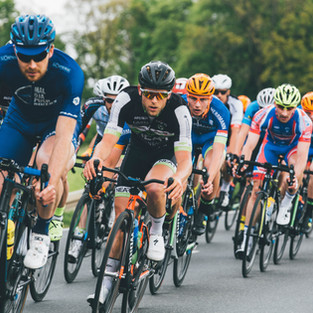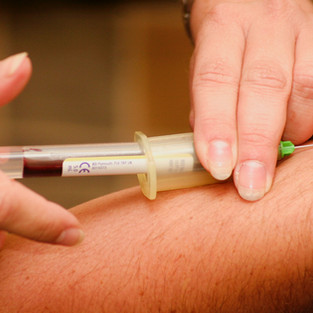
The Achilles tendon is a thick and powerful band of fibrous tissue. They connect your calf muscles to your heel bone. The tendons help you walk, run and jump. Achilles injuries are common and, if you watch any sports, you've likely heard of these injuries already!
The Achilles tendon is thick and powerful band of fibrous tissue which connects your calf muscles (Gastrocnemius) to your heel bone (calcaneus). The achilles tendon will help you walk, run and jump.
Overuse Injuries : You can injure an Achilles tendon due to overuse. That can happen if you walk or run for exercise. It can occur with basketball players and for other athletes who do ballistic type motions/jump often. A tendon injured from overuse is swollen and painful. This is referred to as, "tendinitis." If neglected, this injury can turn into a chronic problem which is difficult to fix. It can lead to a condition we call "tendinosis." That is a breakdown of the tendon tissue that gets worse over time.
Tendon Rupture: Another common injury is a tendon tear. That happens when you stretch an Achilles tendon too far. A quick, extreme leg movement (like if you suddenly break into a run, or if you trip or stumble) may tear a tendon. Many complain of a "pop" sound. It happens to people of all ages, who play sports that require a lot of running with stops and sharp turns. You may feel like you got hit in the back of the ankle at the time of injury, or it can weaken over time in a less noticeable way. A tear can be very painful, and it can make it hard for you to walk. The achilles tendon is also known to rupture as a side effect of certain medication.
Treatment: If you have injured an Achilles tendon, it's important to get proper care so you don't have ongoing problems. Some injuries can be treated with rest, medications, boot/ orthotics and physical therapy. If you have torn your tendon, you may benefit from a walking boot or a cast. Or, your tendon can be repaired with minimally invasive or more invasive surgery. Be sure to read our post about Tenex to review a quick, minimally invasive option for achilles tendinosis.
You may read more about Tenex here: https://www.tenexhealth.com/faq/
Other In Office Treatment Options for Achilles Tendonitis
If you don’t experience relief with home treatments, I offer treatments after evaluation in my office. These include:
Taping or strapping the foot. I can apply kinesio tape, such as Rocktape, to support and reduce painful symptoms
Physical therapy is something I can write a prescription for if home stretches are not enough. Physical therapists offer a wide range of modalities to treat this condition including ultrasound therapy. This uses sound waves to generate heat, loosening up tissue to increase response to stretching. Manual techniques such as massage of the calf muscle along the full length of the tendon can also work
I may give an anti inflammation injection or prescribe stronger anti-inflammatory medication
Custom or semi custom orthotics with a heel lift to reduce tension on the Achilles tendon
Night splint for wearing in the evening or during sleep to passively stretch the tendon
Additional non-invasive treatment options are available
Surgery may even be discussed as a last resort
Call our office today at (626) 517-0022, so we can create a plan that's right for you.















